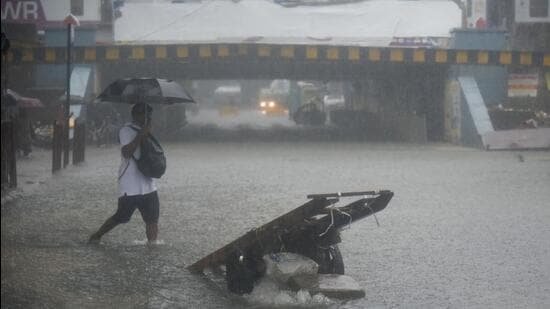The monsoon season plays a critical role in India’s economy, as a significant portion of the country’s farmland relies on rain-fed agriculture. According to the India Meteorological Department (IMD), the monsoon rainfall in 2023 is expected to be below normal at less than 92% of the long period average (LPA) in northwest India. This region accounts for a substantial portion of India’s agricultural production. However, the rest of the country is expected to experience normal monsoon rainfall.
The IMD’s forecast attributes the subdued rainfall in northwest and central India to the El Nino weather pattern, which typically leads to reduced rainfall in these areas. On the other hand, positive Indian Ocean Dipole (IOD) conditions, which refer to temperature differences in the Indian Ocean, can compensate for the reduced rainfall in central India. Unfortunately, the compensatory effect may not occur in northwest India.
The below-normal rainfall in northwest India is expected to impact agriculture in the region. The IMD recommends a regional plan based on their forecast and provides advisories to farmers. The monsoon rainfall in June is also expected to be below normal, with only certain areas of the country, such as parts of the south peninsular region and the northeast, likely to receive above-normal rain.
The occurrence of El Nino conditions with a nearly 100% probability during the monsoon months is expected to persist until the following year. El Nino is associated with warmer summers and weaker monsoon rains in India. However, a positive IOD has a direct correlation with a good monsoon, and it is beneficial for the southwest monsoon in India.
Given that a significant portion of India’s agricultural area and population depend on the monsoon for their livelihood, a bountiful monsoon season is crucial for maintaining a healthy rural economy. The below-normal rainfall forecast for northwest India raises concerns about the agricultural sector in the region.






